Scenarios of using telepresence robots in schools
In our project, we have identified five scenarios in which a telepresence robot could be beneficial.
1. Student at the hospital
The obvious scenario, in which telepresence robots have been employed the most, is when children have health issues that prevent them from attending school for a longer time, such as chemotherapy or autoimmune diseases. For instance, Lia is a 14-year-old cancer patient. To get healthy again, she is getting chemotherapy. Unfortunately, this therapy makes her body weak so she is not able to attend a class like she used to. The school allowed her to participate via zoom whenever she was able to, but Lia still recognized that she was excluded from the social life and could not follow the lessons. Often, she cannot see and hear properly, and she is dependent on someone turning the laptop depending on where the action is.

When Lia was offered the chance to participate with the means of a telepresence robot, she directly took the chance. The robot is placed at the principal's office and her classmates come and get her before every lesson. The robot allows her to be included and to participate almost like a normal student.
She can decide by herself where she wants to move and can have small talk with her friends. This helped her to feel accepted and improved her mental health. Also, her participation in class became better since she was finally able to properly understand what was being said and to express her thoughts as well.
With the robot, she is finally able to join various classroom activities like engaging in group work, holding presentations, playing games and just communicating on a personal level. The robot helps her to be present in the classroom, even though she can choose flexibility if she wants to participate while she is at home or at the hospital. Lia finally feels like she is an integral part of the class and as if her condition does not matter once she is using the robot.
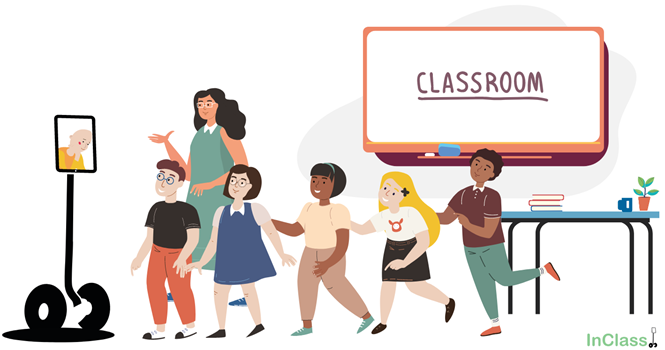
2. Short-term absences
But shorter absences are also possible, in which online presence on a telepresence robot would be beneficial. For example, when children's parents are traveling for longer periods, if children participate in sports tournaments, or if they are because a family member tested positive for Covid-19. For example:
Nina is an 11-year-old girl whose parents often travel abroad for work, and when they leave, she must follow them because she is too young to be alone. When her parents are at work, she connects to the telepresence robot and attends her classes back home. She is glad that she doesn't miss anything all the time, and that she is still in touch with her friends and classmates. In her class, there is another boy, Jim, who is also often away for several weeks because he is on the youth swim team, with which he trains for international competitions.
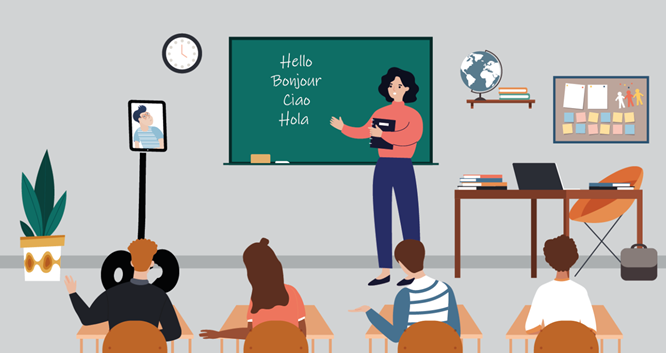
Nina and Jim take turns with the telepresence robot and are hoping that the school will soon buy another robot, just in case they are away at the same time. They imagine that it will be lots of fun when they are both on telepresence robots at the same time.

3. Kids with anxiety
More recently, many children develop anxieties and thus may withdraw from participating in school. Here, the telepresence robots can function as a bridge since the child can participate in class while being in a safe place at the same time until they develop enough trust in the class and their teachers that they dare to come back in person. Here is an example:
Florence is 14 years old and started high school 3 months ago. Already the first month was pretty harsh, especially because it was not easy for her to leave old friends behind, but then things started to get more and more difficult as time went on.

As the second month started, she didn't feel like going to school anymore. Every time she left her room, she felt like her stomach was tightening up. She felt people's judgmental unbearable. The way others looked at her made her feel unfit and inadequate. At first, Florence would make up different excuses for not going to school, such as feeling sick. Her mother had no reason not to believe her.

Some days later, Florence's mom realized that something was not right and decided to speak openly with her daughter. Florence told her mother what was happening and her mother Florence's wish to allow her to stop going to school for some time. At the same time, they looked for medical help, hoping that she would get back to school as soon as possible. When they talked about it to the school principal, her school proposed to use a telepresence robot for the time being. This would help her go to classes in a way that she could accept: she didn't have to show her face by turning her camera off, while being "physically" making her more comfortable when she was participating in class to choose the amount of interaction that she preferred, whenever she felt like it, with both the teachers and her classmates, still present in class. In this difficult phase of her life, joining via the robot meant that she was able to go to school while learning how to handle her social anxiety with professional help. She and her mother knew that the robot would be temporary but, at the same time, an invaluable tool to help Florence in progressing in her education.
4. Foreign language classes and intercultural exchange
Teachers of foreign languages often feel that children do not always see the need to learn a foreign language because they do not have to interact with people who speak the target language. At the same time, they also realize that at a certain age, their students would prefer to talk about something they are interested in, rather than just discuss texts or hypothetical examples.
Mr. Jonsson, for instance, teaches Spanish to his Danish students, and he has a Spanish friend from his semester abroad, back then when he was a student, who is now a social science teacher in Malaga in Spain. They have started to cooperate, and they now bring their students together on environmental projects.
Anna is 15 years old and a student in Mr. Jonsson’s class. She has been learning Spanish as a foreign language for about three years. Anna is environmentally active, passionate about an eco-friendly lifestyle and always strives to do her best to help nature.
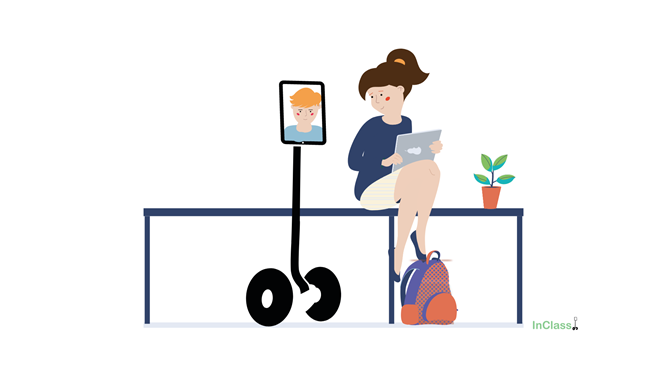
This semester, her Spanish teacher Mr. Jonsson has started a project in which they try to find solutions on how to get people in Malaga to eat less meat. Students from Mr. Jonsson’s class in Malaga have visited the class on telepresence robots to explain to them what they would like to change in Spain, and Anna and her classmates have asked many questions about what exactly the problem is and how they want to address it.
Then her classmates and she carried out much research on the internet to find possible solutions. Today, the students from Spain are back again in class, and in smaller groups, they jointly discuss what they could try to convince people that eating meat creates a lot of CO2. In the evening, when she goes to bed, happy and excited about whether their ideas for changing people’s behavior will work out, she realizes that she has been speaking Spanish for several hours today without even being aware of it. Before she falls asleep, she has yet another idea: They could present their ideas on Tik Tok and perhaps also on Instagram.
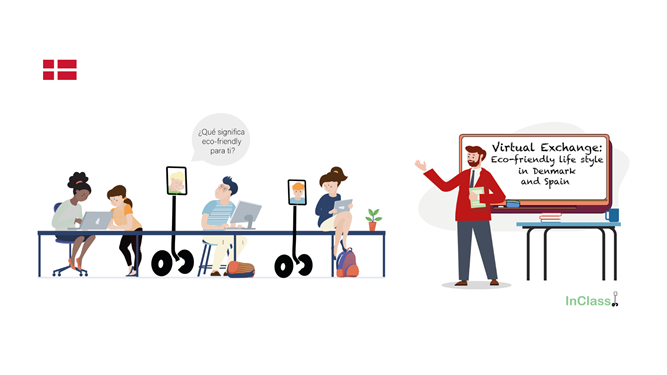
When Mr. Jonsson goes to bed, he is also happy because his students had fun, had spoken Spanish for several hours, and had learned about Spanish eating habits at the same time.
5. Excursion To The Museum
Paul is 9 years old. Originally, he is from Syria, but now he lives with his parents in a small flat in Nicosia in Cyprus, where he also attends school. Today, Paul has a cold and cannot make it to school, just when his teacher has planned to visit Nicosia’s Museum of National History. Paul is devastated because he has never been to a museum, and he also likes animals very much. The teacher knows that Paul is passionate about history and thus she contacts the museum to see if they would allow them to bring the robot that the school has acquired a while ago with them on the trip. She also asks whether the museum has Wi-Fi. The robot is fully charged, and its battery will easily last for the entire trip. She takes the robot with her on the bus, and Paul joins the other students on their tour. The students get the chance to walk through the museum and look at all the stuffed animals from all over the world. Paul asks the woman who works as a museum guide many questions.
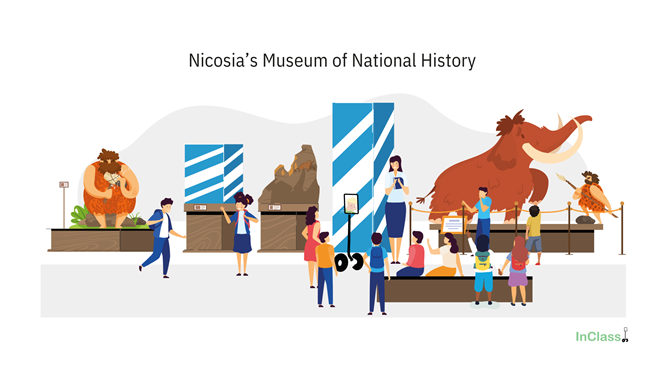
After their visit, they all have lunch at the museum’s restaurant, and Paul joins them with his own lunch. The director of the museum is so impressed by the visit that he decides to buy some telepresence robots for the museum so that children from all over the world can visit the museum without having to travel to Cyprus.
